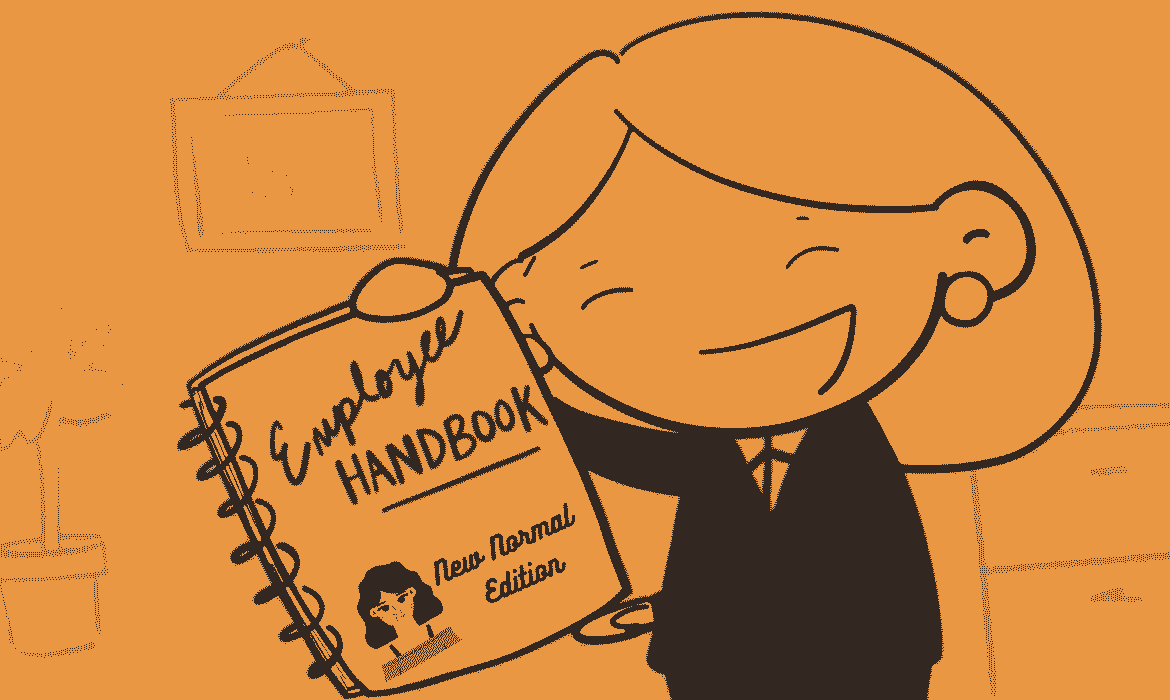
How To Train Employees Handbook: New Normal Edition with Reasons & Solutions
So here are some tips of attributes of an employee profile suitable for the prevailing WFH conditions:
- Resilience
- Independence
- Attitude
When you are at home and working by yourself, you don’t have the support and motivation you had at the office. And this can be analyzed beforehand when the candidate has lower attitude levels in a job fit assessment.
- Lower Resilience: Such employees see the situation as the cup being half empty rather than half full. They dwell on the negative side of being at home, being lonely and not having the support.
- Lower Independence: They need people around them, they need to be able to go up to the manager and ask them a question whenever they need to. But unfortunately, it’s much more difficult to do in a work from home situation. So you need people who can work independently, make decisions on their own and don’t really have to be spoon fed.
- Lower Attitude: The combination of the above 2 attributes create a lower attitude, resulting in substantial health issues among employees. This then becomes a huge ongoing challenge for both managers and the organization.
Solutions:
Solution 1:
- For new candidates- Develop a common job profile to suit the WFH culture and create a jobfit assessment for candidates to go through and see how well they fit the profile.
- For current employees – If you have a good understanding about their competencies, the organization can create work from home teams to fit projects according to the competencies of the employees. Organisations need to be agile, dynamic and flexible to create the right mix.
Example: Assume you create a team to take over a project with 1 supervisor and 3 subordinates. If the supervisor’s job profile indicates that he/she lacks a sense of urgency, it is advisable that the subordinates have a higher level of urgency in order to create a suitable balanced mix.
There needs to be balanced competencies within a team to work from home effectively. It is important to find the right competency mix and the right people in a situation of working from home. Identifying the right mix of people, both supervisors and subordinates and putting them together into teams to get a controlled output.
Solution 2:
Create a project oriented culture. The project mindset gives you a start date and end date, project timelines, activities and deadlines. These project teams need to have the right competency balance where team members take up their activities and responsibilities based on the project plan.
Have agile methodologies to monitor and control the ongoing activities. Have quick 5 minute meetings every morning to track the progress.As a result the entire team knows that the project is moving forward. And there is always room for a small celebration once you achieve a milestone of the project and this is important!
Solution 3:
No matter what, we need to accept that working from home is challenging! Organizations need to understand the ones who are challenged by this situation, and provide their managers and supervisors with coaching and mentoring suggestions on how they can actively manage the situation.
A Team report or a team balance table acts as an excellent tool for team leaders to better understand their team and to get the best out of their team. You need to have diversity in the team when looking at the balance, so that as a team, you could deliver an outcome that is far better to the organization.
Solution 4:
In this unpredictable world, managers need to learn, unlearn and relearn on how to manage a team effectively. Managers need to constantly learn and at the same time constantly alter their ways to get the best out of their team according to the situation.
Managers need to be trained to create a culture with effective communication, celebrating milestones and achievements, virtual get togethers and game nights with the team and most importantly adapting to the current situation is definitely important to move away from anxiety and have a more personal relationship rather than purely work oriented.
It is 4x harder to manage and lead people working remotely rather than working under the same roof.

